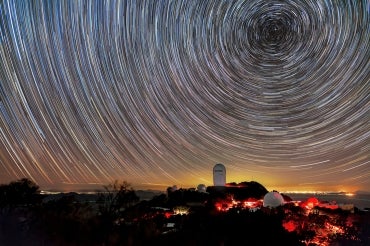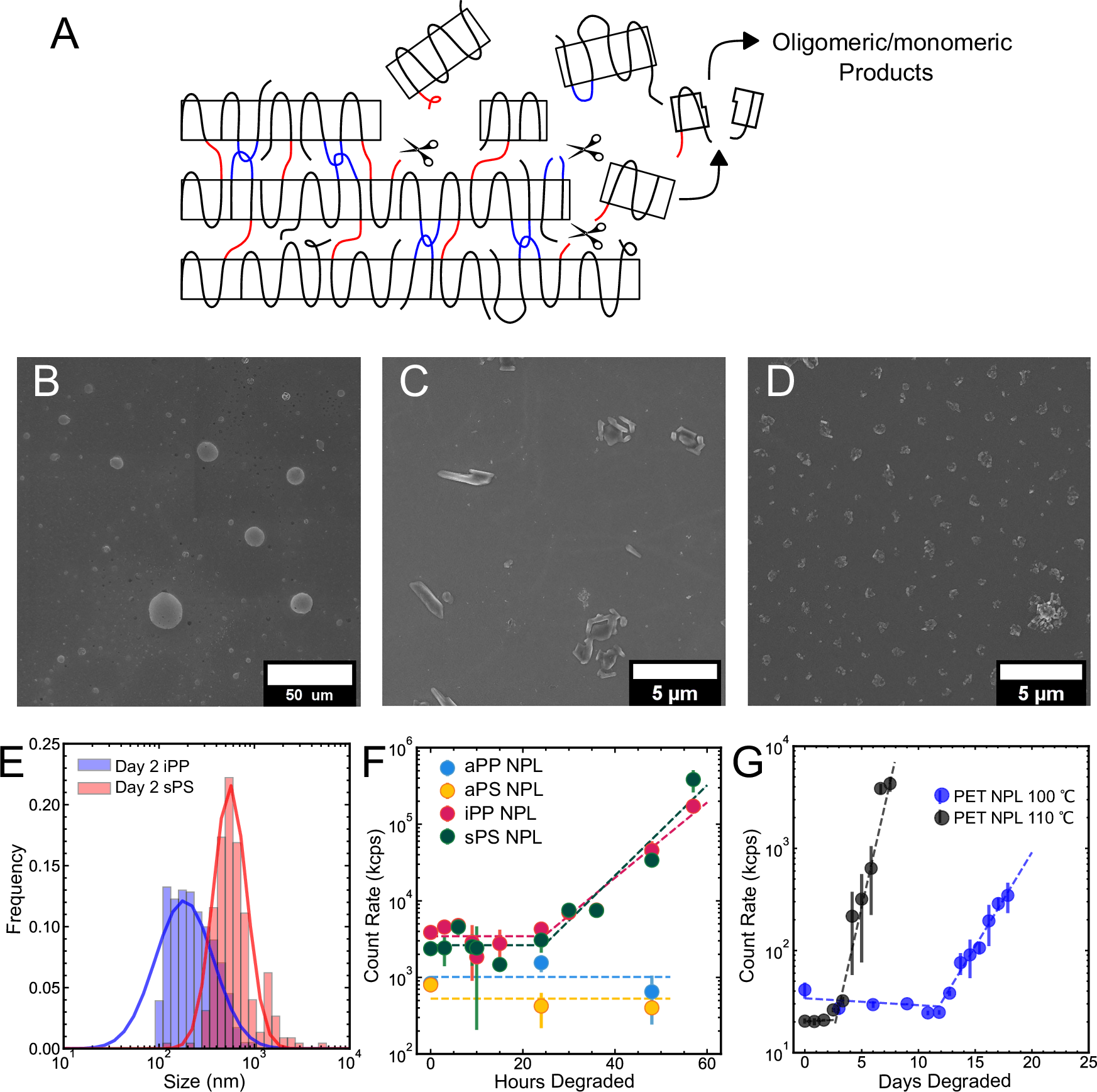2025-04-08 カリフォルニア大学サンディエゴ校(UCSD)
<関連情報>
- https://today.ucsd.edu/story/dark-dark-matter-halos
- https://iopscience.iop.org/article/10.3847/2041-8213/adbc6e
水素分子の冷却が銀河形成の閾値に与える影響 The Impact of Molecular Hydrogen Cooling on the Galaxy Formation Threshold
Ethan O. Nadler
The Astrophysical Journal Letters Published 2025 April 8
DOI:10.3847/2041-8213/adbc6e

Abstract
We study the impact of molecular (H2) and atomic (H i) hydrogen cooling on the galaxy formation threshold. We calculate the fraction of dark matter (DM) halos that exceeds a critical mass required for star formation, Mcrit(z), as a function of their peak mass. By convolving analytic halo mass accretion histories (MAHs) with models for Mcrit(z), we predict that halos with peak virial masses below ∼108 M⊙ can form stars before reionization through H2 cooling. These halos remain dark when only H i cooling and reionization are modeled. However, less than ≈10% of halos with peak masses below ∼107 M⊙ ever exceed Mcrit(z), even when H2 cooling is included; this threshold is primarily set by relative streaming motion between DM and baryons imprinted at recombination. We obtain similar results using subhalo MAHs from an extremely high-resolution cosmological DM-only zoom-in simulation of a Milky Way (MW) analog (particle mass 6.3 × 103 M⊙). Based on the abundance of MW satellites, these results imply that at least some known ultrafaint dwarf galaxies formed through H2 cooling. This work sharpens predictions for the galaxy formation threshold and demonstrates how its essential features emerge from the underlying distribution of halo growth histories.



